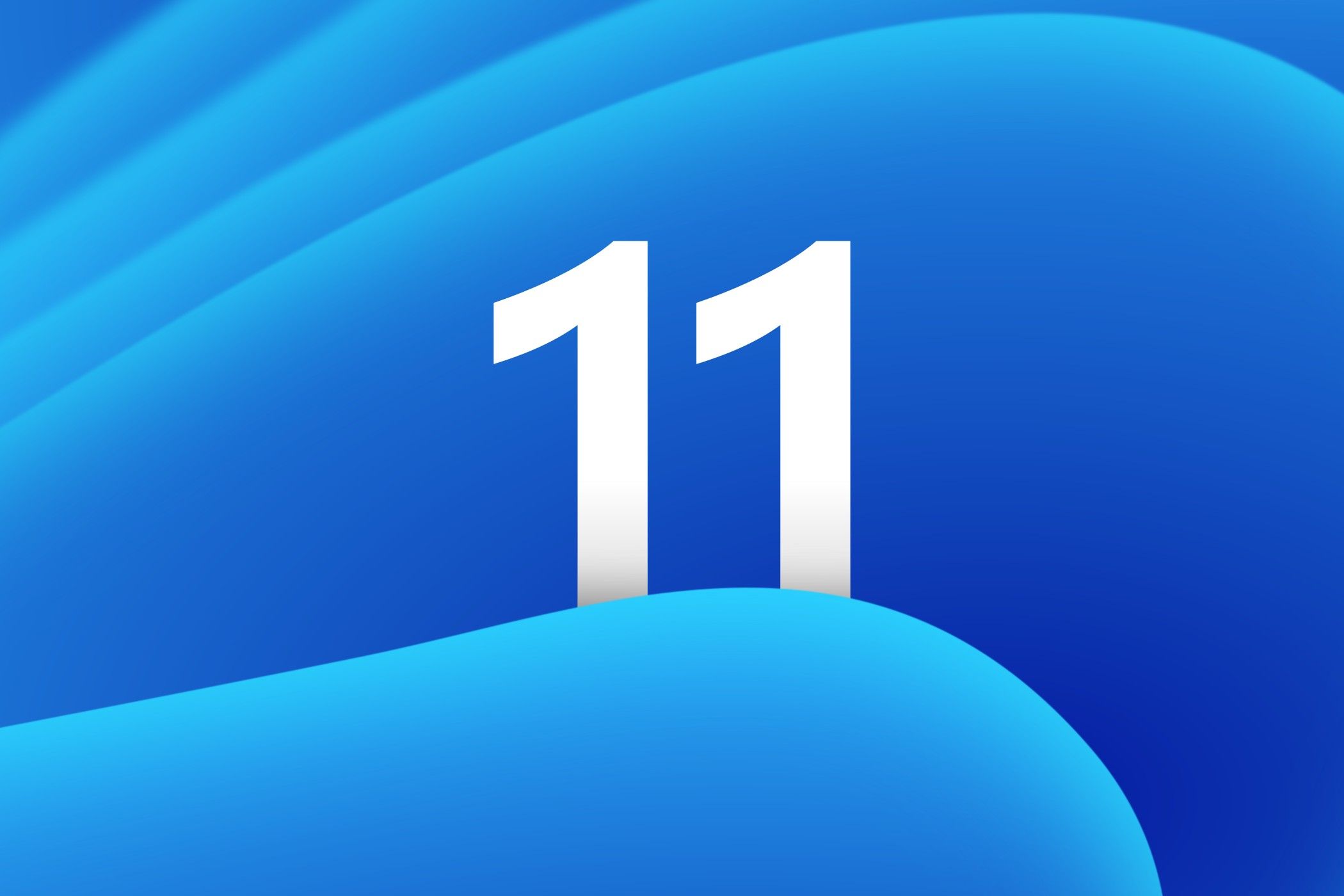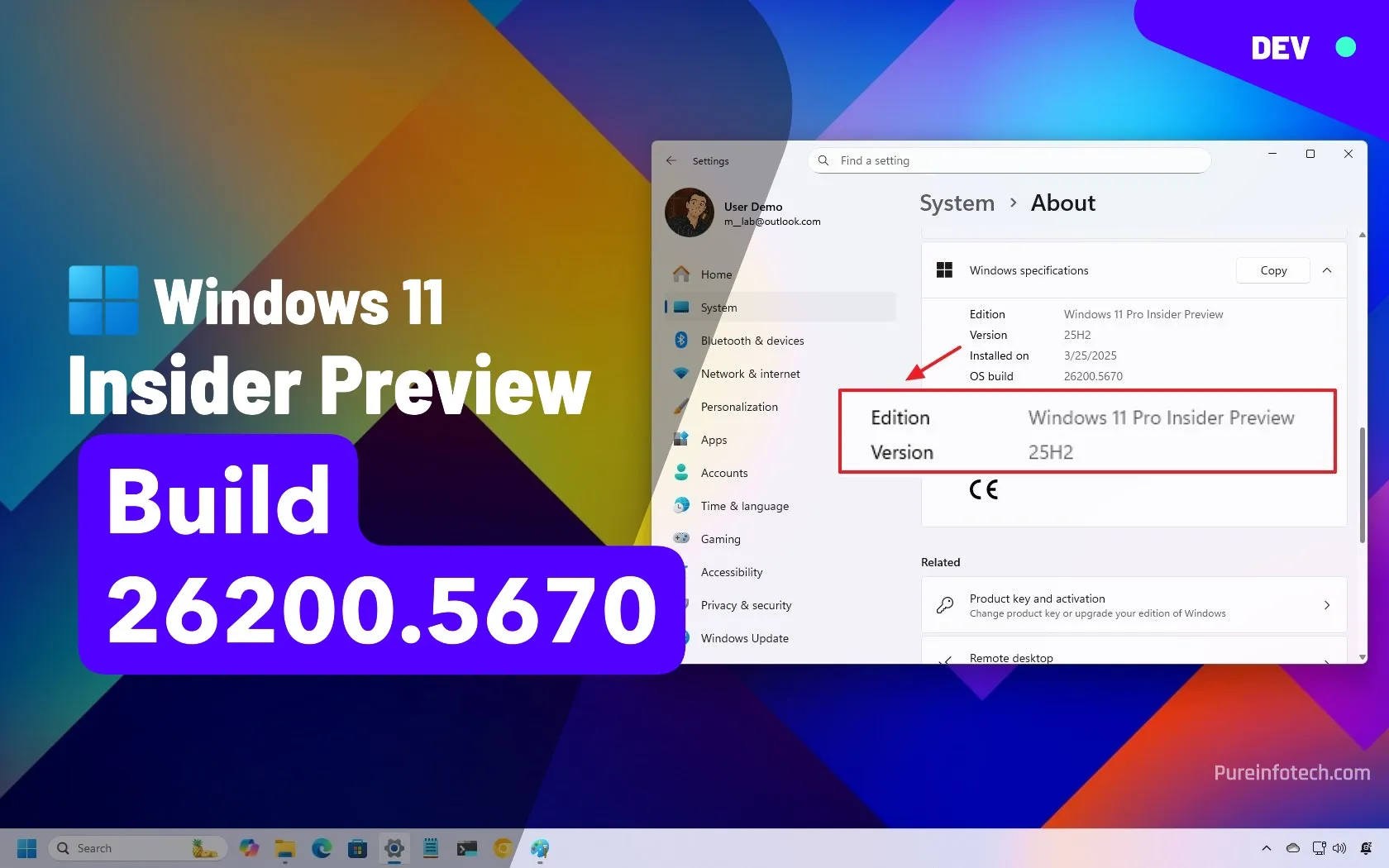
Summary
- Microsoft is rolling out Windows 11 25H2 update to Insiders, with a new streamlined update process.
- An “enablement package” flips the switch on new features, offering easier upgrades from older versions.
- A shared codebase between versions lowers compatibility risks, and allows organizations to focus on new features.
For the past few months, we’ve seen glimpses of some of the features Microsoft will be shipping with Windows 11’s 25H2 update. Now, though, we finally have a more finalized version of 25H2, letting us see exactly what we’ll be getting by the end of this year.
Microsoft is rolling out the next annual feature update for Windows 11, version 25H2, to Windows Insiders. This means that Insiders can now play around with what’s eventually going to be released as Windows 11 25H2 when the time comes. The biggest thing Microsoft is revealing here is that… Well, you might already have 25H2. Kind of. 25H2 has a new streamlined update process using what Microsoft calls a “shared servicing branch.” Essentially, versions 24H2 and 25H2 are built from the same core source code. Throughout the year, the new features developed for version 25H2 have been delivered to devices running version 24H2 through the standard monthly latest cumulative updates (LCUs). However, these features have remained dormant, or in a “Disabled” state, within the operating system.
Related
Windows 11 Is Getting a New Customization Option
It’s the little things that count.
The upgrade to 25H2 is triggered by a small “enablement package” (eKB). This package acts as a switch, changing the flags for the new features from “Disabled” to “Enabled.” Once the eKB is installed and the user restarts their computer, the new functionalities become active, and the system is officially running Windows 11, version 25H2. Basically, when the time comes, Microsoft is just going to flip the switch on for you rather than downloading a gigantic update on your device and having it reboot several times. Note that if you’re on 23H2 or older, or if you’re on Windows 10, a traditional update will still be required.
The shared codebase between the two versions also has major implications for application and device compatibility. Since the underlying code is identical, the risk of compatibility issues is substantially lower compared to traditional feature updates. Microsoft suggests that organizations can focus their testing efforts primarily on the new features introduced in 25H2, rather than conducting a comprehensive, full-scale regression test of all their existing software and hardware.
As for the stuff it’s going to actually pack, there’s a lot. We have a new redesigned start menu, a more customizable taskbar, and a lot more things under the hood. You’ll eventually get to play with it, but while it’s live for Insiders, it’s still in a testing phase, which means you shouldn’t install it on a device you actually use on a daily basis. A lot of the features have been tested and refined thoroughly, but there can still be a rogue bug messing things up.
Source: Microsoft
Source link









